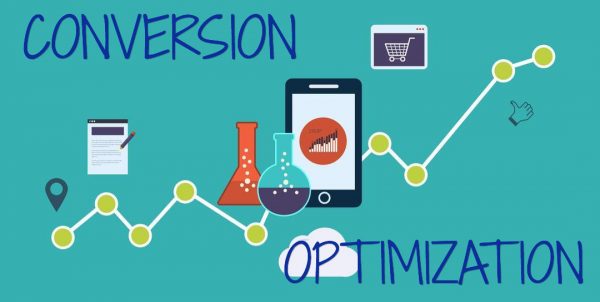Web design is not properly understood by most people. In most situations design is seen as a site’s visual appeal. While we cannot deny the fact that it is important for appearance purposes, it is also vital for taking websites to a whole new level. This is because website design does influence conversions. How is this achieved?
First Impressions
First impressions are incredibly important on the internet. Nobody will want to take a look at details about a service offered, like 3 month short term loans, if the design does not make a really good first impression. Having a clean layout, using good photography and including compelling visuals will be needed to keep engagement high for the first time visitor.
Navigation
Logical and clean navigation have high importance when referring to usability, which is how easily and quickly the visitor manages to find information and even complete actions. Simple navigations that have few options and a really good search feature will create very good paths that visitors can take and that would lead to increased conversions.
Usability does go beyond clean, logical navigation. You also have to use consistent styling for various website elements like CTAs, images, headlines and links. Consistency is what will increase conversions and help visitors reach desired site parts.
Typography And Readability
Typography should be clear, high-contrast and legible while also offering a logical information hierarchy. Readers have to actually be able to read content or nothing will happen in terms of conversions. Keep in mind that most site visitors will be busy and in a hurry. This means they just skim the content. With this in mind, be sure all pages created are easy to skim. Headlines and sub-headlines have to be clearly differentiated and as before, consistency is really important. Use only 2 fonts to increase readability and usability.
Creating Conversion Opportunities
If you want to get website leads you need to build good conversion paths. They have to be connected and need to incorporate high quality web design. The conversion path can be defined as the journey that the user takes in order to eventually turn into a lead. There are different visitor types that you will need to deal with. The best web designer understands this and always arranges conversion paths for all of them. As an example, the visitors that always look for information in the menu should find the path to the conversion page with ease. The visitors that normally read the entire page should have a new conversion path to follow that starts close to the footer. Incorporating a single conversion path drastically reduces conversion rates.
Final Thoughts
Website design is much more important than what many site owners think. If you want to increase your conversion rates, you have to be sure the site looks the part. This is not something you can neglect. Whenever changes are made you should test conversions to see how they were impacted. This helps you to easily see if everything is as effective as it could be.







kjwdhbabshdfbhasbdhbjad